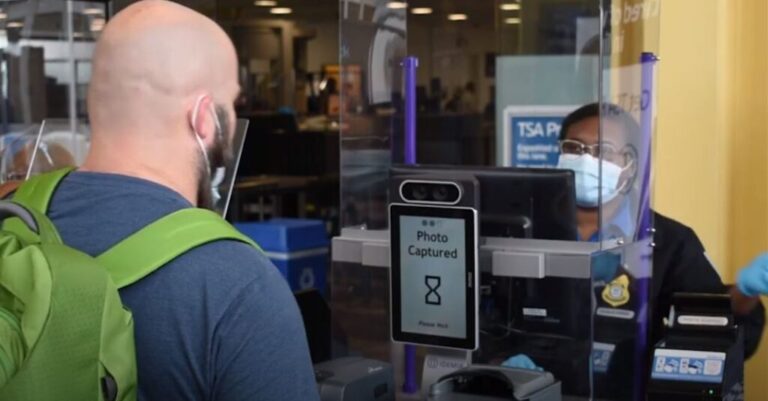United States secretary of homeland security Alejandro N Mayorkas and chief information officer (CIO) and chief artificial intelligence officer Eric Hysen have announced the Department of Homeland Security’s (DHS) first Artificial Intelligence Roadmap.
The roadmap details DHS’s 2024 plans, including to test uses of the technologies that deliver meaningful benefits and advance homeland security, while ensuring that individuals’ privacy, civil rights and civil liberties are protected. It lays out DHS’s initiatives in AI, describes the potential of AI technologies across the department, and offers clearer visibility into the department’s approach to AI, while underscoring its commitment to responsible use.
DHS is currently using AI to make travel safer and easier with applications including credential authentication technology. By introducing customer-facing technologies such as touchless check-in at airport, the Transportation Security Administration (TSA) provides travelers with an optional way to navigate TSA security processes, check bags and board their flights by taking just a photograph. The department says these and other efforts are already saving time at security checkpoints and reducing physical touchpoints.
The roadmap states that TSA, along with other components, is assessing potential risks related to the use of AI in critical infrastructure sectors, including ways in which deploying AI may result in failures, physical attacks and cyberattack.
The roadmap aims to promote nationwide AI safety and security and encourage strong relationships with private sector; academia; state, local, territorial and tribal governments; international partners; non-government organizations; research institutions; and thought leaders to accelerate the development and deployment of AI solutions.
In addition to TSA efforts to harness AI to improve travel security, US Customs and Border Protection (CBP) will continue to roll out non-intrusive inspection technology to make border screenings more efficient and to combat the risks associated with smuggling fentanyl and other illicit goods. Non-intrusive inspection is used by CBP to conduct secondary screenings at border entry points via x-ray or imaging technologies, which helps CBP identify the need for any additional manual screenings. CBP will use data generated through these screenings to further enhance the imaging to more accurately detect anomalies.
The roadmap announced that DHS’s Science & Technology Directorate (S&T) will create a federated AI testbed that will provide independent assessment services for DHS components and homeland security enterprise operators. Initial build out will include initial use case, testbed capability stand-up and a five-year execution plan. S&T will also establish a testing and evaluation working group to support DHS systems and publish an Action Plan for the test and evaluation of AI and machine learning enabled systems covering pilots and use cases, algorithm training and test data, acquisition of AI-enabled systems, use of AI for test and evaluation, and AI-enabled adversaries.
In February, secretary Mayorkas and CIO Hysen announced the department’s first-ever hiring sprint to recruit 50 AI technology experts to help build teams that will help better leverage AI responsibly across strategic areas of the homeland security enterprise. These include efforts to secure travel as well as counter fentanyl, combat child sexual exploitation and abuse, deliver immigration services, fortify critical infrastructure, and enhance cybersecurity. DHS says it has received a strong response to date and is in the process of reviewing, interviewing, and hiring AI technologists to support mission-enhancing initiatives. The department continues to accept applications.

